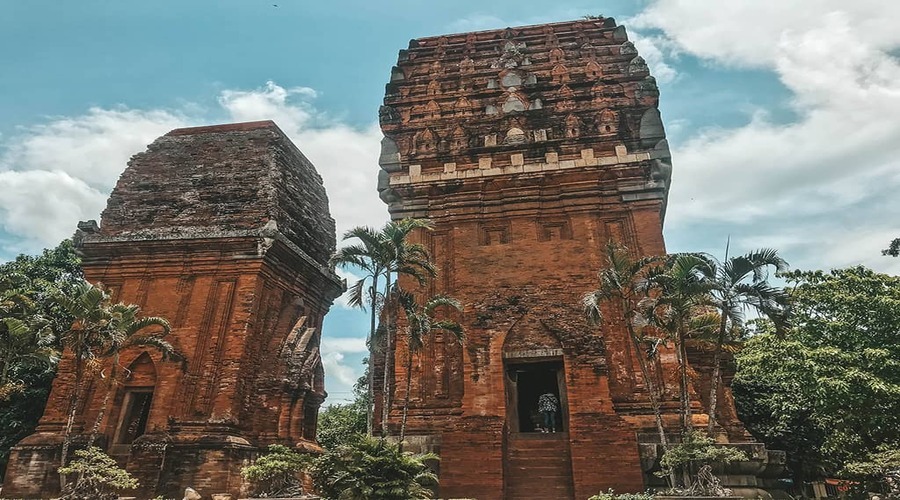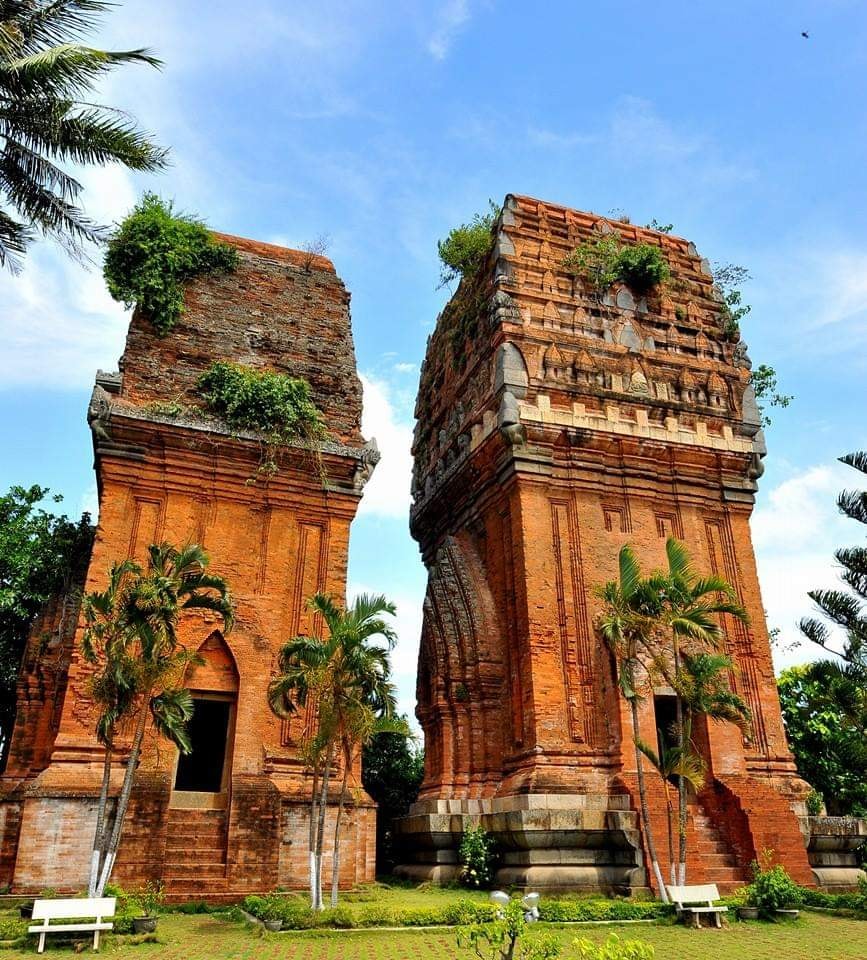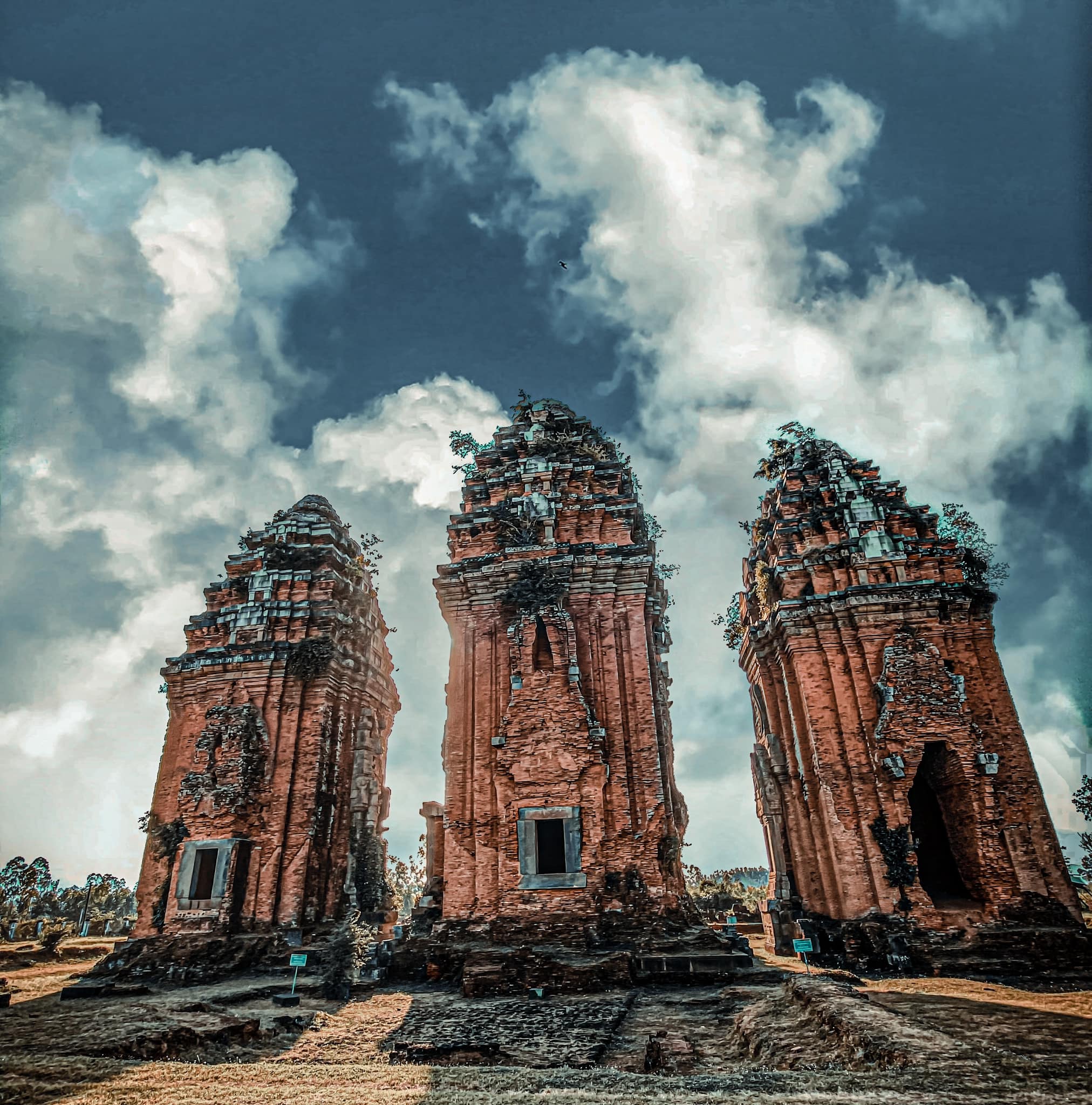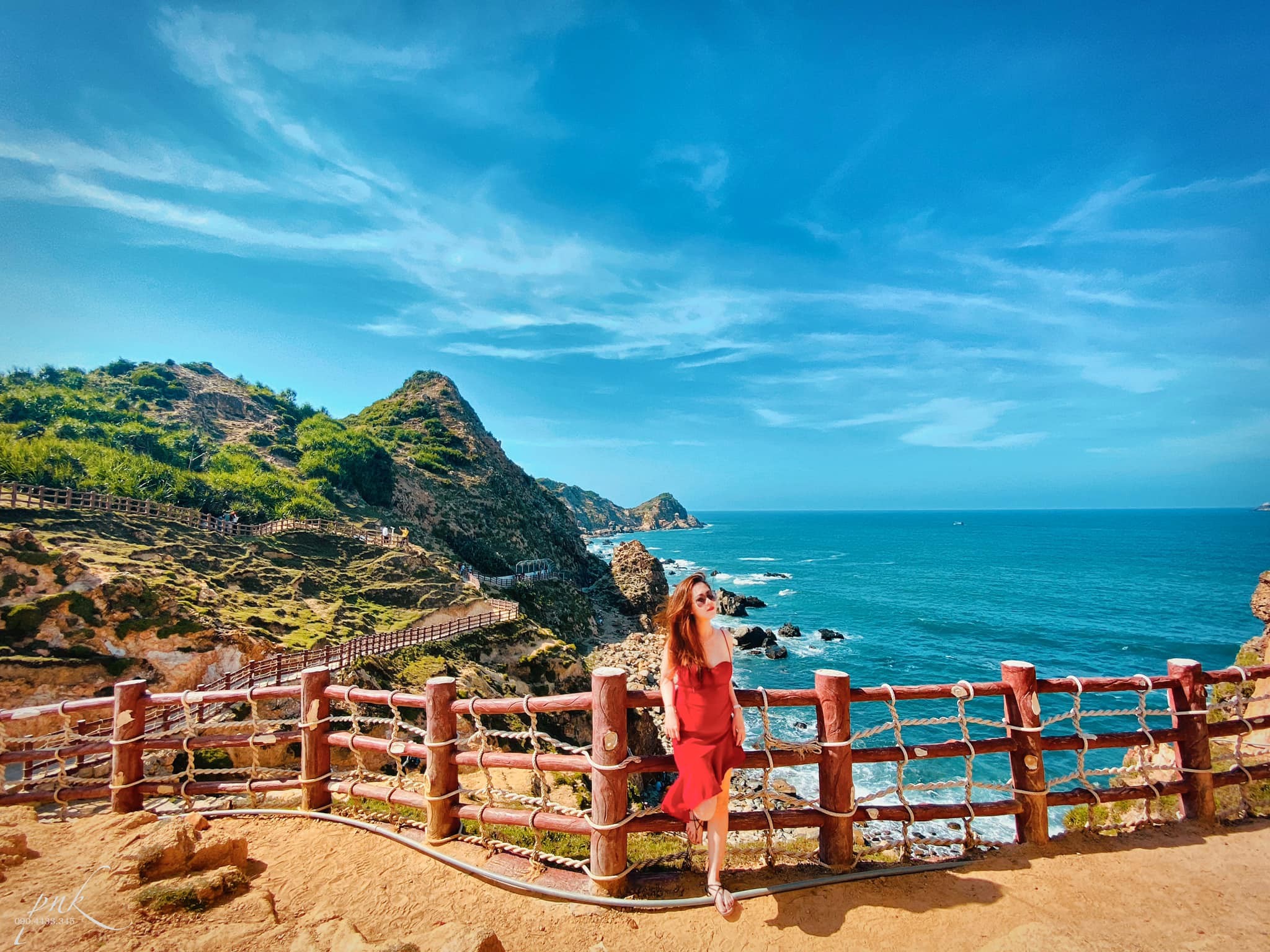
Quy Nhon Champa Culture Excursion Half-Day Private Tour
- Discover Quy Nhon Champa Culture in one day to experience many visiting site at this beach city in south Central Vietnam
- Even though Quy Nhon is not considered a tourist destination, this medium-sized city is bordered by beautiful beaches and the surrounding landscape is also breathtaking
- Check in at Banh It Towers (Bac Towers), well-known for their beautiful Cham architecture
- Have chance to view the beautiful scenery and explore spiritual destinations in Binh Dinh
Options
Private Tour
Inclusions
Admission to attractions
Vietnamese-speaking guide
Lunch
Bottled drinking water
Transport
Insurance provided by the operator
Free round-trip transfers to and from hotel in Quy Nhon City Center
Exclusions
Other personal expenses
Tips and gratuities
Breakfast
Holiday surcharge: An extra charge of 300,000 VND/pax when traveling on 24/12/2024, 31/12/2024-1/1/2025, 28/01-03/02/2025, 30/04 - 01/05/2025, 02/09/2025, 24/12/2025, 31/12/2025 . Pay directly on-site
Additional Info
Children aged 0-14 must be accompanied by a paying adult
Important: Infants and children must be included in the passenger headcount
Children aged 10+ will be charged the same rate as adults
There will be no stopovers between each scenic spot
Routes may change due to weather or traffic conditions
This tour involves a considerable amount of walking and stairs. Please make sure you are fit enough to participate
Although not mandatory, it is recommended that you purchase accident and/or travel insurance before participating in this activity
Please be noted: A surcharge of VND 150,000/pax will apply if your participation date is on public holiday, payable onsite (Lunar New Year / April 18 /April 30 - May 1 / Sep 2 / Dec 24 / Dec 31 - Jan 1)
Participants who appear intoxicated may be refused service. In this case, no refunds will be given
Sunglasses
Caps or hats
Cash
Light and comfortable clothing (preferrably dri-fit material)
Lemongrass ginger lemon tea
Grilled oysters with scallion oil
Vegetable dip with caramelized Fish Sauce
Steamed Squid with scallion
Fried fish
Boiled meat with anchovy paste
Steamed rice
Seaweed soup
Dessert
The menu is subject to change depending on the season and availability of ingredients
What's included in Quy Nhon Champa Culture Excursion Half-Day Private Tour
(Subject to Option Inclusions)Itinerary
- 8:00 - 8:30 Meet up with tour guide and arrange your seat
- Going to Champa Twin Tower – the nearest Champa tower in Quy Nhon city
- Head to Banh It Champa Tower, Big tower was built on top of mountain, this is the most beautiful Champa tower system in Binh Dinh
- Visting Duong Long Champa 3 towers – the tallest Champa Brick Tower in South East Asia appears.
- Having Lunch with local food
- 13:30 Back to Quy Nhon city, end tours
Itinerary Reminder
- The menu is subject to change depending on the season and availability of ingredients





Our Favourites
Vijaya was centered on the lowland area along lower Kon River, in what is now the south of Bình Định Province. To the east of the plain and near the estuary of the river is a strategic and well-protected location for a port. This led to the rise of Cảng Thị Nại, one of the major ports of Champa. The river leading up into the highlands to the west was important for the trade with highland peoples supplying Champa with luxury goods such as eaglewood for export. Vijaya’s geography was also important for its agriculture. With one of the larger rivers of Champa, its soils were more fertile than that of many other places. This allowed for a relatively large concentration of people near the centre of Vijaya, which resulted in a relatively large number of temples.
Vijaya’s architecture distinguishes it from other Champa centers, because it used a combination of stone and brick elements, while most other Cham structures only used bricks. This suggests some influence from Cambodian Angkor. It also points to the relative abundance of labour in Vijaya compared to other Champa centres of powers, because processing stones for construction was more labour-intensive than the production of bricks. Vijaya’s style of architecture seems to have been dominant throughout Champa for some time, given the later classification of the architecture from the period between the 12th and 14th centuries as the “Binh Dinh style”
Meet
Venues
- Quy Nhon Binh Dinh


